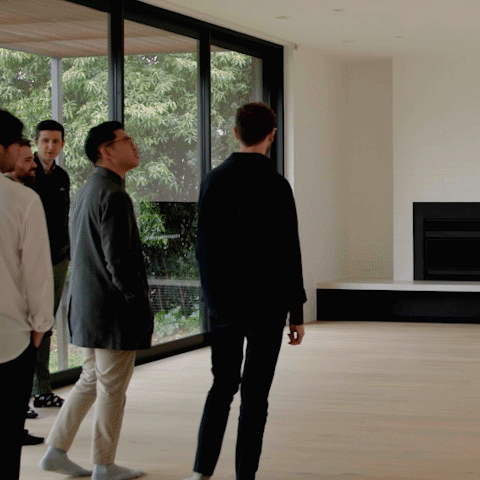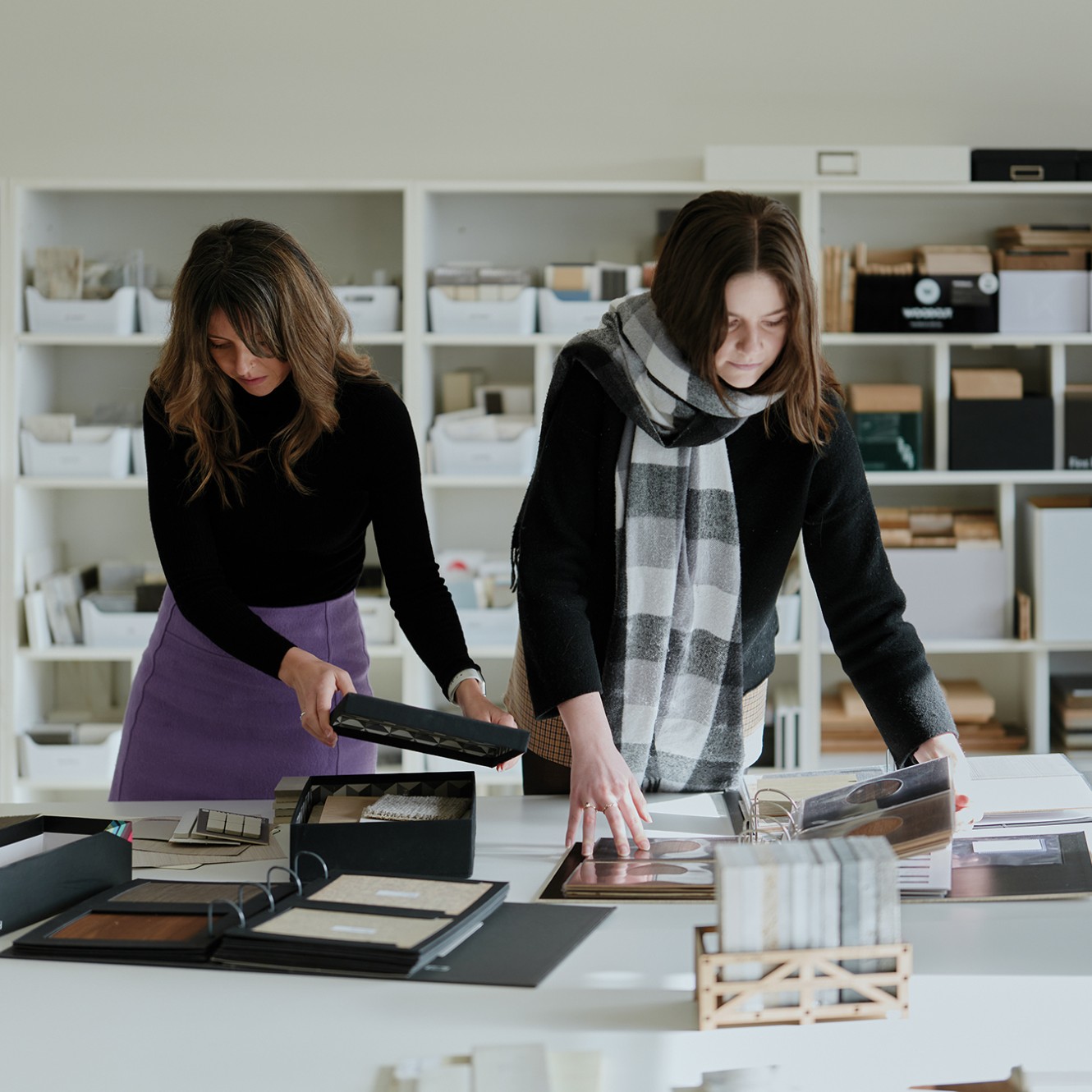The architects are highly creative, and their work is driven by producing the best possible designs for our clients, while InForm provides buildability, compliance, and pricing advice to ensure the process is efficient and delivered within budget. The relationship is elevated when we can inspire and challenge each other, and for over a decade, the unique partnership between InForm and Pleysier Perkins has been doing just that.
“Our relationship with Pleysier Perkins spans over 10 years now, and in that time, we’ve put an enormous amount of work into ensuring the relationship is healthy and that all team members from either side treat one another with respect,” InForm Director Cameron McKimm says. “They’re well supported by a great leader in Simon Perkins, who protects them by making them feel safe to be creative and to be themselves.”
In conversations exploring the central idea of ‘healthy tension’, mutual respect was a common thread. Many in both Pleysier Perkins and InForm camps touched on the wealth of knowledge each team possessed, as well as the passion and dedication that the other team brought to a project. InForm’s estimating manager, Adam Davy, is one of those people. “Our clients are extremely lucky to have the resources of the Pleysier Perkins team. They pour over every last detail – as if it was their own home – which results in a building that will stand the test of time,” Adam says. “Because of this level of care and consideration, our clients will have a home that makes them smile every day and that they will love forever.”








